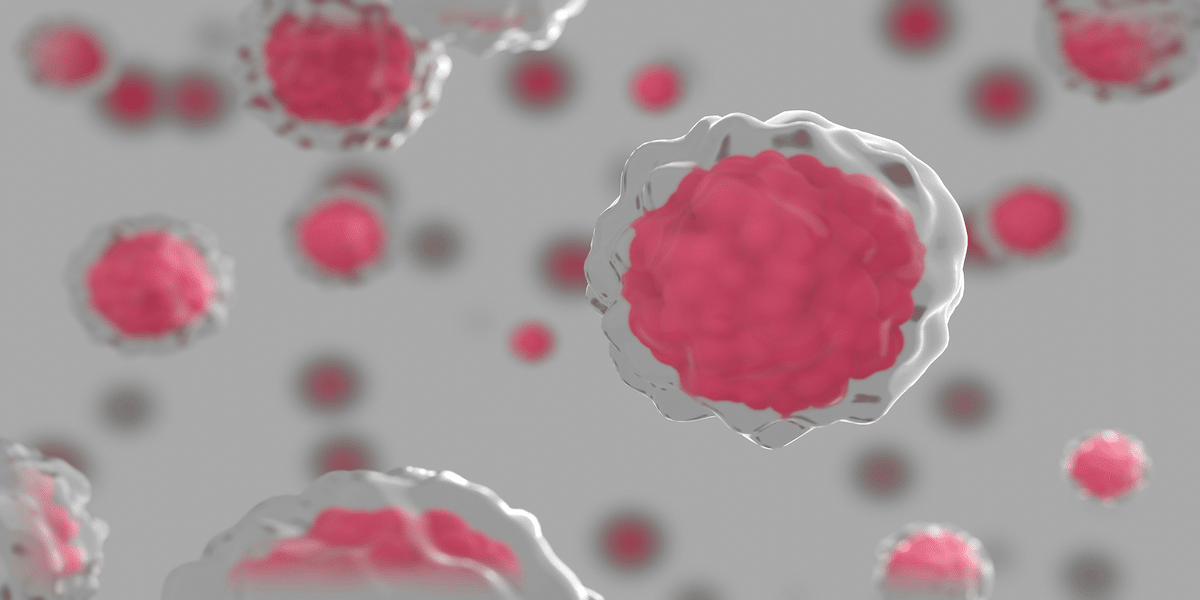Image Commercially Licensed From: Unsplash
A new study published in the Proceedings of Medical Imaging 2019: Image Processing has made a groundbreaking discovery in the field of lung cancer detection. The study, led by researcher Jiachen Wang, has found that by combining detailed clinical demographics with 3D CT images, the accuracy of early detection of lung cancer can be greatly improved.
Among all cancers, lung cancer has the third highest incidence rate in the USA, and it results in more deaths than any other type of cancer. Early detection is crucial in reducing mortality rates, but current methods often yield high false positive rates, leading to unnecessary and potentially harmful procedures. To address this challenge, the research team established a pipeline that co-learns from both detailed clinical demographics and 3D CT images.
The team leveraged data from the Consortium for Molecular and Cellular Characterization of Screen-Detected Lesions (MCL), which focuses on the early detection of lung cancer. They applied a 3D attention-based deep convolutional neural net (DCNN) to identify lung cancer from the chest CT scan without the prior anatomical location of the suspicious nodule. To improve upon the non-invasive discrimination between benign and malignant, a random forest classifier was used on a dataset integrating clinical information with imaging data.
The results were astounding. The AUC obtained from clinical demographics alone was 0.635, while the attention network alone reached an accuracy of 0.687. However, when using the proposed pipeline integrating clinical and imaging variables, the AUC reached an impressive 0.787 on the testing dataset. The proposed network not only efficiently captures anatomical information for classification but also generates attention maps that explain the features that drive its performance.
The study “Lung Cancer Detection using Co-learning from Chest CT Images and Clinical Demographics” led by researcher Jiachen Wang has made a significant breakthrough in the field of lung cancer detection. By combining detailed clinical demographics with 3D CT images, the team was able to greatly improve the accuracy of early detection of lung cancer. This is a crucial step in reducing mortality rates and minimizing unnecessary and potentially harmful procedures. The proposed pipeline and 3D attention-based deep convolutional neural net (DCNN) not only efficiently capture anatomical information for classification but also generates attention maps that explain the features that drive its performance. This groundbreaking research is a significant advancement in the field of computer science connected to medical imaging analysis and is poised to revolutionize the early and accurate diagnosis of lung cancer. The team’s work is a beacon of hope in the fight against lung cancer, and they should be commended for their pioneering work.
This study is a significant advancement in the field of computer science connected to medical imaging analysis and is poised to revolutionize the early and accurate diagnosis of lung cancer. Mr. Wang and his team are to be commended for their pioneering work in this field. With their pioneering research, we are one step closer to saving lives through the early detection of lung cancer.

















